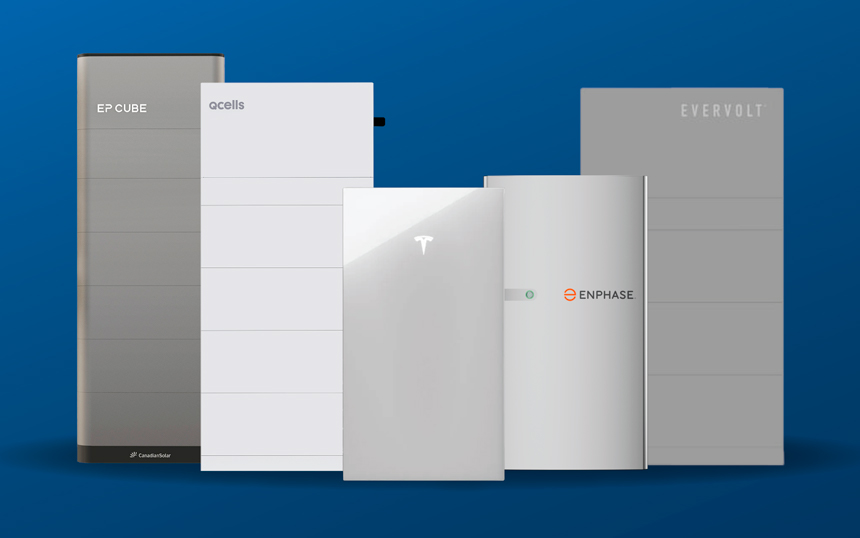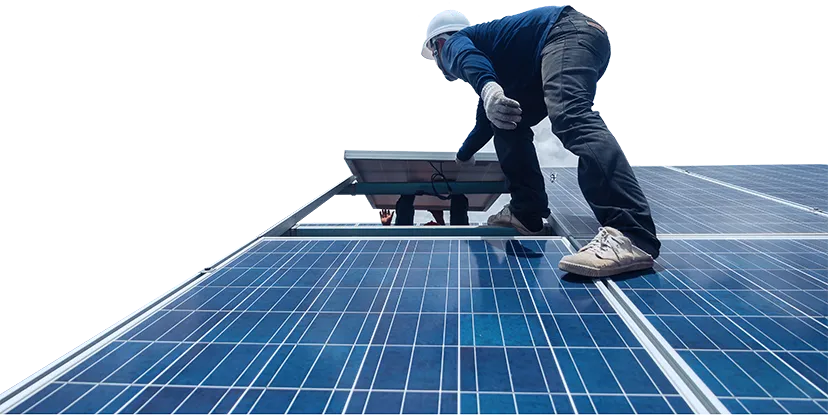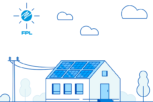Which Solar Energy System Is Best for My Home?

When considering the installation of a solar energy system for your home, it’s essential to evaluate the different options available on the market. Well-known companies like Enphase, Tesla, SolarEdge, and Hoymiles offer innovative solutions to meet various energy needs. In this article, we will help you determine which of these systems best suits your specific requirements. Additionally, we have the experience and certification necessary to install any of these systems, ensuring a successful implementation that meets your expectations.
- Enphase
Individual microinverters: Each solar panel is equipped with its own microinverter, allowing independent energy conversion.
Advanced monitoring: Provides real-time monitoring for each panel, making it easy to detect and resolve issues.
Efficiency in partial shading: If one panel is affected by shade or dirt, the others continue to operate optimally.
Flexible expansion: Additional panels can be added in the future without modifying the existing system.
Higher initial cost: Implementing microinverters on each panel can increase the upfront investment.
- Tesla
Proprietary string inverters: Tesla has developed its own inverters for seamless integration with its solar panels and storage systems.
Integration with Powerwall: Allows easy incorporation of Tesla’s Powerwall batteries for energy storage.
All-in-one solution: Provides a complete integration of panels, inverters, and storage, simplifying installation and maintenance.
Aesthetic appeal: Modern, sleek designs that blend well with home architecture.
Limited availability: High demand may lead to delays in installation.
Shorter warranty: Some users note that Tesla inverters have a shorter warranty compared to other manufacturers.
- SolarEdge
String inverters with power optimizers: Each panel has an optimizer that maximizes energy production before sending it to the central inverter.
Panel-level monitoring: Allows for individual tracking of each panel’s performance.
Improved efficiency: Optimizers ensure each panel operates at peak efficiency.
Competitive pricing: SolarEdge systems generally have a lower initial cost compared to microinverter solutions.
Single point of failure: If the central inverter fails, the entire system is affected.
Complexity for irregular roofs: Efficiency may be compromised in installations with multiple orientations or shading issues.
Best solar energy storage batteries in 2025
- 1. Tesla Powerwall 3
Capacity: 13.5 kWh
Conversion efficiency: 90%+
Lifespan (cycles): 6,000 cycles
Depth of Discharge (DoD): 100%
Battery type: Lithium-ion (Li-ion)
Compatible with solar energy systems and grid connection.
Real-time monitoring via Tesla’s app.
Automatic backup during power outages.
Compact and sleek design, easy indoor or outdoor installation.
Integration with other Tesla products, such as solar panels and energy management software.
10-year warranty.
Best for: Homes seeking reliable storage with automatic backup and smart monitoring.
- 2. Enphase IQ Battery 10T
Capacity: 10.08 kWh
Conversion efficiency: 96%
Lifespan (cycles): 6,000 cycles
Depth of Discharge (DoD): 100%
Battery type: Lithium Iron Phosphate (LiFePO4)
- Seamless integration with Enphase microinverter systems.
- Modular and expandable, allowing easy capacity upgrades.
- Advanced energy management system with load balancing.
- Protection against overcharging and deep discharges.
- 15-year warranty.
Best for: Users with Enphase systems or those looking for a highly efficient and modular battery.
- 3. LG RESU Prime 16H
Capacity: 16 kWh
Conversion efficiency: 95%
Lifespan (cycles): 6,000 cycles
Depth of Discharge (DoD): 95%
Battery type: Lithium-ion (Li-ion)
- Large storage capacity, ideal for high-energy consumption homes.
- Compatible with multiple inverters, including SolarEdge, SMA, and Fronius.
- Compact and safe design with thermal protection.
- Reliable power backup during blackouts.
- 10-year warranty.
Best for: Homes with high energy consumption and the need for a solid backup system.
- 4. BYD Battery-Box Premium HV
Capacity: 10-22 kWh (modular)
Conversion efficiency: 96%
Lifespan (cycles): 8,000 cycles
Depth of Discharge (DoD): 100%
Battery type: Lithium Iron Phosphate (LiFePO4)
- Modular and scalable, allowing for easy capacity expansion.
- High safety, no fire risk due to LiFePO4 chemistry.
- Compatible with inverters from Fronius, SMA, GoodWe, Sungrow, and others.
- Long lifespan, lasting over 20 years.
- 10-year warranty.
Best for: Residential and commercial solar systems requiring scalability and maximum safety.
- 5. Sonnen Eco 10
Capacity: 10 kWh
Conversion efficiency: 85-90%
Lifespan (cycles): 10,000 cycles
Depth of Discharge (DoD): 90%
Battery type: Lithium Iron Phosphate (LiFePO4)
- Smart energy management system that optimizes consumption.
- Grid integration to sell excess energy.
- Excellent efficiency and extended lifespan.
- Advanced protection against overcharging and electrical failures.
- 10-year warranty.
Best for: Users seeking a premium storage system with automatic energy consumption optimization.
Conclusion
If you’re looking for a compact and easy-to-install system, Tesla Powerwall 3 is an excellent choice. For efficiency and modularity, Enphase IQ Battery 10T and BYD Battery-Box Premium HV offer great advantages. If you prefer higher capacity and compatibility, LG RESU Prime 16H is the best alternative. And for maximum lifespan, Sonnen Eco 10 is a premium option with up to 10,000 charge cycles.
Which of these systems interests you the most, or do you have any specific requirements in mind?





